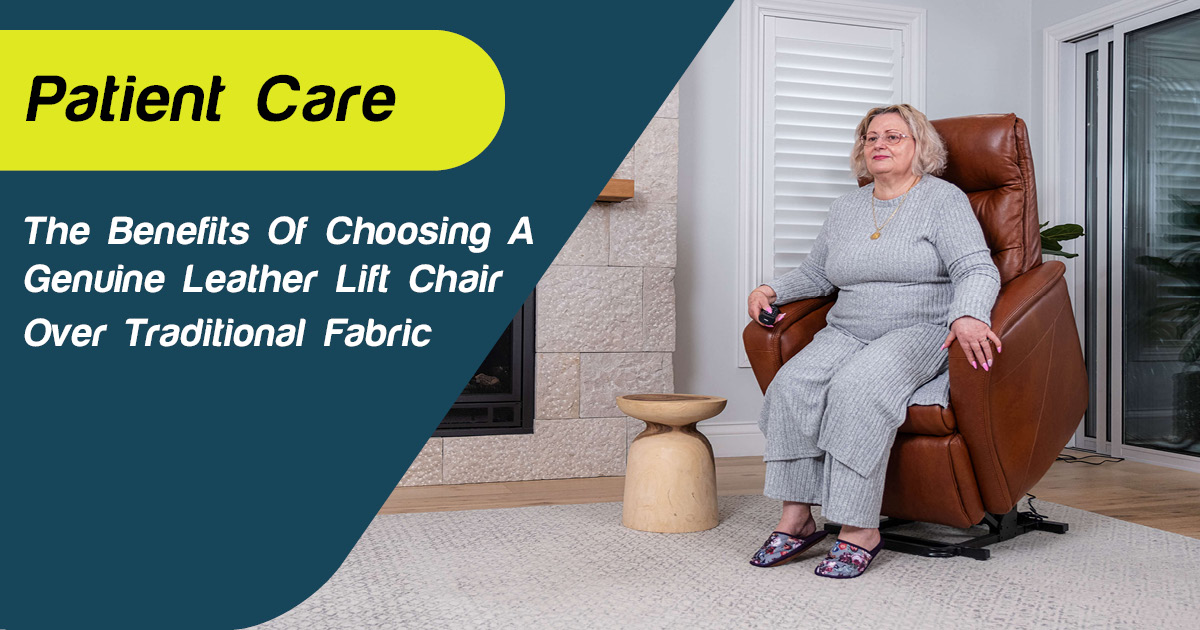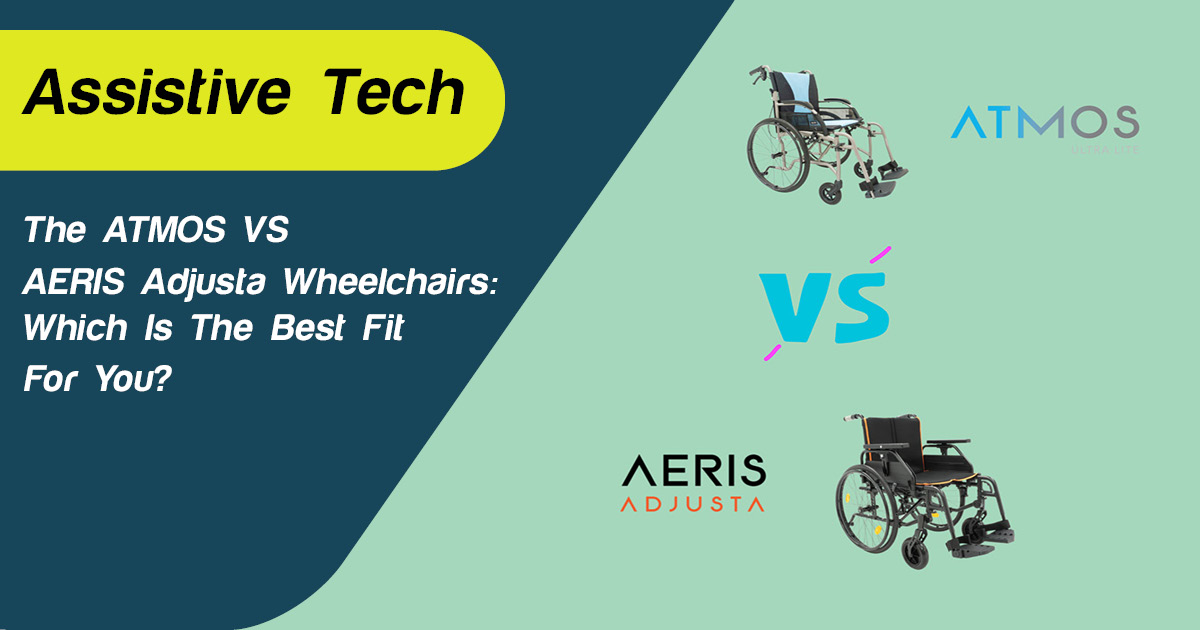
Share

Hoists have become an essential part of moving, transferring and handling patients in both domestic and medical settings. Not only are hoists safer for the patient, but they are safer for the carer as well — hoists eliminate the need for manual handling and the risk of back strain and workplace injuries.
While hoists have made a positive change to how we move and handle patients, they are still reliant on human interaction — meaning human error can still occur. With this in mind, it’s important to complete multiple checks before attempting to lift a patient using a hoist.
Here, we’ll share best practice checks to complete before using a hoist.
#1. Check The Service and Repairs Record Of The Hoist
At a minimum, hoist inspections, maintenance and repairs should be completed once a year (or as per the manufacturer’s instructions) taking into account the frequency of use. There should be a complete record of inspections, maintenance and repairs for the entire lifespan of the hoist up until this point.
If these historical checks have not been completed or recorded, do not use the hoist. The patient hoist and hoist hook assemblies should be checked under AS NZS ISO 10535: Hoists for the transfer of disabled persons – Requirements and test methods. Active Mobility provides checks that are in line with the AS NZS Code providing a record of services and the last recorded service is on the sticker.
Any damaged, worn or faulty patient hoists, hooks and components should be disposed of and replaced.
#2. Check The Hoist Is Fully Functional
After checking the service and repairs record, we recommend checking the hoist itself. Use the hoist as if it were lifting a patient:
- Check if the hoist goes up and down.
- If it’s a mobile hoist, check that the wheels are in good condition and can move in all different directions. You should also check for hair, string and carpet that may get stuck in the wheels (this is common).
- Check the main frame for any signs of wear and tear including cracks in the frame (this can happen from fatigue and constant use). Check that the bolts are tight holding the actuators (motors) and check that the mast is not wobbly.
- If it’s a ceiling hoist, check for any obvious signs of damage. One of the most critical components to check is the lifting strap — check the strap for fraying as this item would need to be replaced.
- If you have an XY ceiling hoist system, check that the traverse rail can move around and that other components like transit couplings and turntables are working smoothly. You can check this by walking the hoist through the tracking system.
- Check the wiring on the handset and make sure there are no visible issues e.g. wiring coming loose, wires are uncurled, wires are exposed.
#3. Check The Condition Of The Sling
It’s also important to check the condition of the patient’s lifting sling. Wear and tear in the fabric can compromise the patient’s safety during movement, so be sure to check that the sling is clean, the fabric is in good condition, the right fixings are being used and the sling is the right size for the patient. If any damage is identified, the sling needs to be replaced immediately.
It is also worth reassessing the patient’s needs before opting for a certain sling or hoist. A patient’s needs change over time and the current lifting solution may no longer be comfortable, convenient or safe for them.
Possible changes include:
- Weight change
- A change in their condition/disability
A change in their mobility/ability to assist with the lifting process.
Talk to the patient, check their medical records and reassess whether the chosen sling/hoist is right for the patient’s needs at this time.
#4. Check The Safe Working Load Of The Hoist and Sling are Enough For The Transfer
It’s crucial to check the safe working load of the equipment and accessories you are going to use, as well as the weight of the patient. The safe working load should be visible on the hoist and sling or in the instruction manual.
#5. Check The Location Of The Emergency Functions
Before using any hoist, you should familiarise yourself with all functions and controls of the hoist including emergency safety features. This might include emergency stop and emergency lowering functions. Usually, it will either be a red button located in an accessible place on a mobile hoist or a red cord hanging down from a ceiling hoist.
It’s best practice to know where the emergency functions are and check that they’re working before using the hoist.
#6. Ensure The Hoist Has Been Stored Properly
When a hoist is not in use, it should be stored where it cannot be damaged or tampered with. A hoist can also be an obstruction or trip hazard if left outside of storage, so it is best to store hoists somewhere safe and out of sight. An electric hoist should also be stored somewhere it can charge when not in use.









